
Dear readers,
"Everything is actually fine on board, only the plotter sometimes goes crazy!" A sentence uttered in Rees after returning home from the jetty. "There's probably nothing wrong with your plotter," I reply. And ask whether the issue of GPS malfunctions on the Baltic Sea is well known. Of course it is. But here with us? Yes, unfortunately. Even here, or rather where we are sailing now, during the holiday season.
The conversation reminds me of the disbelief that creeps over some people when they find out that they have a rare disease. Sure, everyone has heard that it exists. But affected yourself?
My counterpart takes it in his stride. "Then I can save myself the trouble of hiring a yacht electronics engineer," he says and adds, almost romantically, "I still know how to sail without GPS!"
Now there is plenty to talk about for the whole evening. What follows are anecdotes from a time when even electricity on board some yachts was still frowned upon as "new-fangled stuff" - albeit mostly due to the conditions in the years when sailing was permitted again after the war and equipment was in short supply.
There are lovely old stories of railing logs and meridian tethering, of foggy approaches with the hand plumb bob as the only aid, of hours of plotting on the unlit steering compass and of counting the identifications of beacons at night, which were necessary in order to obtain at least some certainty from a cross bearing as to whether the coupling point was approximately correct or whether more or less current or drift had to be taken into account.
I attribute the stories of the bakery navigation (getting bread rolls after arriving to read where you are on the bag) to the late evening, but still express amused astonishment, because I am a polite person.
I walk to the bunk somewhat thoughtfully. Because I am actually confronted with a new reality, which I had read about so farbut which I have suppressed like the aforementioned patient his diagnosis. I now realise that prudent navigation in my area this summer really does involve not relying on the GPS location.
In my mind, I'm travelling with my boat without a plotter or chart app. Am I even ready for that? There are no plans for a big trip across the sea this summer. But what if fog does roll in or the weather conditions force me to sail out of sight of land?
I'm confident enough to do this on the paper chart. The log and plumb bob work, the course ruler is always to hand, a decent bearing compass sits in its holder on the chart table, and handling all this was part of everyday life on board in my early years under sail.
However, an easy-to-read steering compass is also and above all indispensable for classic navigation, and you should be reasonably familiar with its deflection. I remember talking to a sailor who thought that the compass in the cockpit was unnecessary due to modern navigation electronics. He probably wouldn't even be able to steer by it for hours, which is essential for proper dead reckoning.
But if I'm honest, that's where it starts for me too: only last summer, I remember now, I made a firm resolution to improve the compass lighting at night in the Great Belt. And over the past few years, I've installed all sorts of things on board, but never checked the effect on the compass.
More on the topic:
I think to myself that I could probably manage and fall asleep, but the next morning I wake up with the intention of taking the topic of navigation a little more seriously again.
Even those who manage without news on board and try to escape everyday life in this way have to admit that GPS interference is part of our sailing reality for the time being. The Swedish Sjöfartsverket officially warns against thisin the southern, central and northern Baltic Sea as well as in the Gulf of Finland and the Åland Sea.
It is assumed that the faults are part of the hybrid warfare and from Russian military bases, or the shadow fleet go out.
In practice, this means that the receiver loses the signal. This can be recognised by displaying the satellites in use. If only a few are being used, this may be due to interference. This usually works in such a way that a stronger interference signal overlaps that of the satellite.
An indication of such a fault may be if the speed displayed by the GPS device fluctuates unusually strongly. Or that the ship's position jumps. If only an incorrect location is displayed, the error may remain undetected - and that is the real danger for us sailors.
Co-locating or, when it comes down to it, determining a location terrestrially should therefore be part of the routine on board again. As part of a - hopefully not permanent - new reality.
Lasse Johannsen
Deputy Editor-in-Chief of YACHT
You have voted - the result of last week:
Recommended reading from the editorial team

Ovni 490
Carefree package for globetrotters with a vision

Uncompromisingly trimmed for blue water and strong under sail. The new Ovni 490 shows what it can do and what it offers in the YACHT test. And that's quite a lot. The first pictures from the test.
Sailing training ship "Greif"
Completion on the brink - who will cover the additional costs?
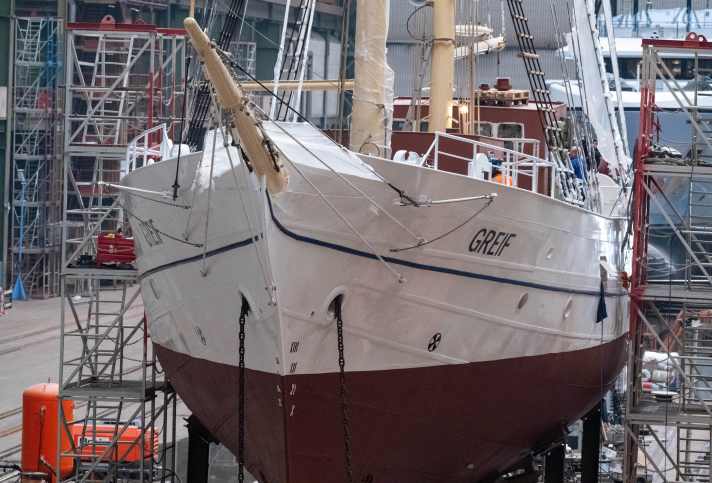
The basic renovation of the sailing school ship "Greif" has been underway for three years. Now the costs have exploded. It is unclear who will pay for it.
"Palm Beach XI"
Sydney Hobart ahead - sale brings "Wild Oats XI" foils
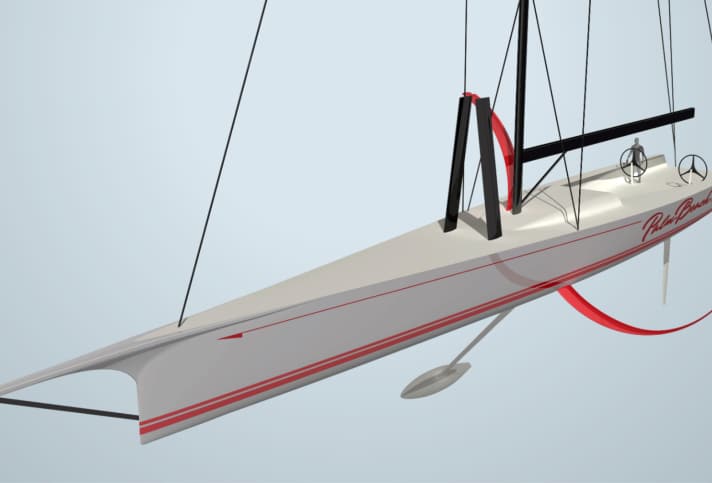
Palm Beach Motor Yachts, the brand of "Wild Oats XI" skipper Mark Richards, has purchased the 30-metre racing machine. "Palm Beach XI" is set to compete in this year's Rolex Sydney Hobart Race with buoyancy-supporting C-foils.
YYachts
22-metre entry-level model from Judel/Vrolijk revised
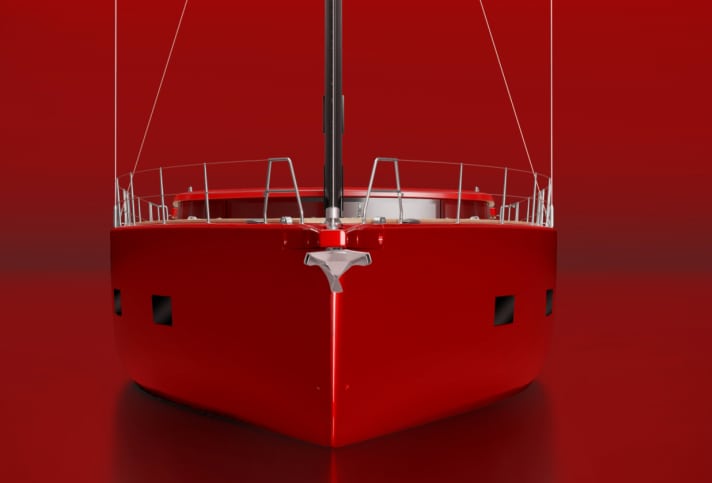
The Greifswald shipyard YYachts is presenting a comprehensive overhaul of its successful Y7, with a new design featuring more volume and optimised cockpit solutions.
Sailing technology
More than a simple tradewind sail, the multi-tradewind sail from Onesails
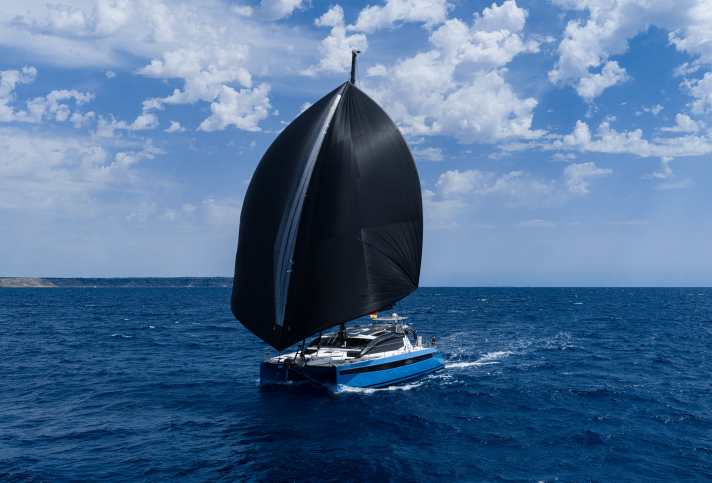
With the IFS Multi Tradewind Sail, OneSails presents an evolution of the traditional tradewind sail for downwind courses. It promises up to 35 per cent more surface area than a conventional spinnaker.
Mini-Transat
"All over in two seconds" - David with emergency rig at the finish line
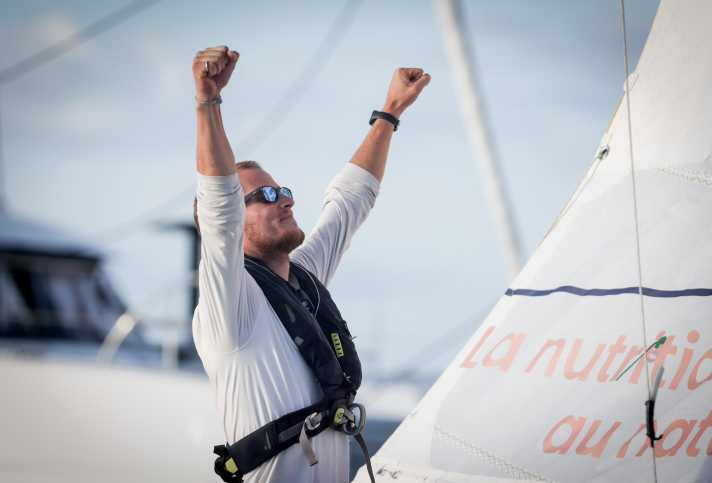
Even a 56th place can feel like a victory. For Victor David, it is a victory over the broken mast in the Mini-Transat. The German-Frenchman crosses the finish line.
Canary Islands
Tenerife - In the shadow of the giants

The wild west of the Canary Islands is an exceptional charter area - with special requirements. Part 1: the west of Tenerife.
Globe40
"Anything is possible, but we have to stay true to ourselves"
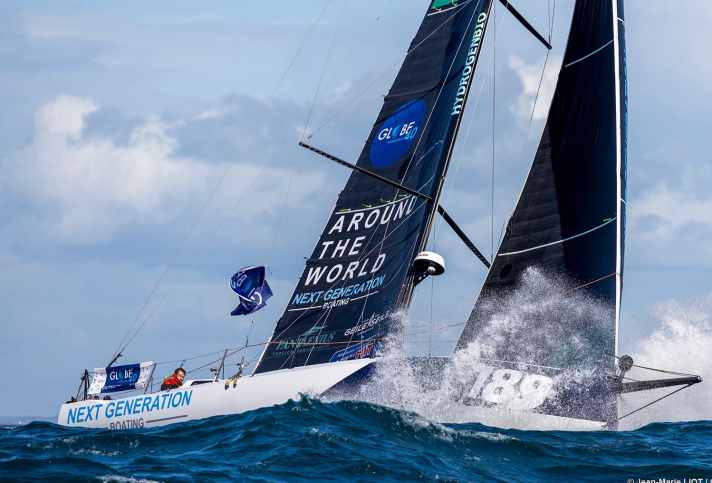
Lennart Burke and Melwin Fink are preparing for the third leg of the Globe40 circumnavigation on La Réunion. They will be heading to Sydney from 21 November.
Mojito 32
Flat-nosed flounder with a sense for the essentials

One for everyone and everything. The Mojito 32 from France is a daysailer, deck saloon yacht, sports boat and offshore racer all in one. The YACHT editorial team was on board the multi-faceted Frenchwoman and shows the first photos in the extensive gallery.
"Be Cool"
With the Swan 128, the name says it all

YACHT was able to sail the 39 metre long Nautor flagship "Be Cool". The Swan 128 was built for an experienced owner with big plans.
Newsletter: YACHT-Woche
Der Yacht Newsletter fasst die wichtigsten Themen der Woche zusammen, alle Top-Themen kompakt und direkt in deiner Mail-Box. Einfach anmelden:

